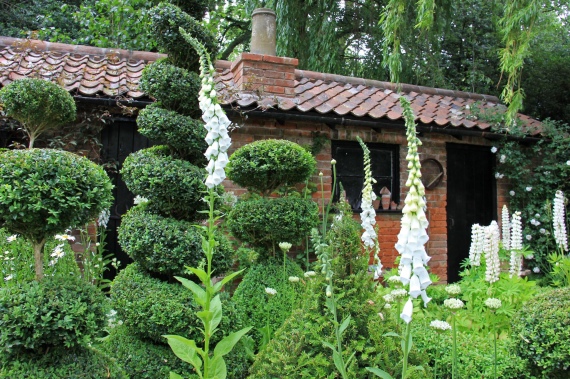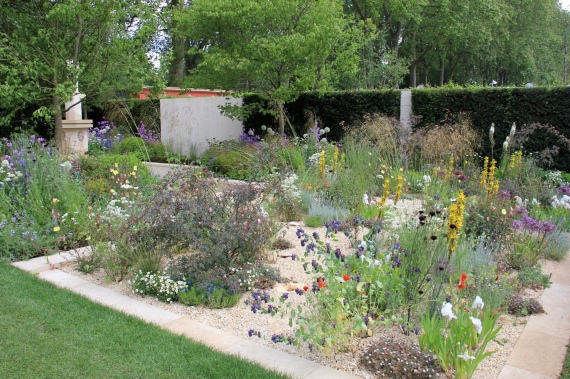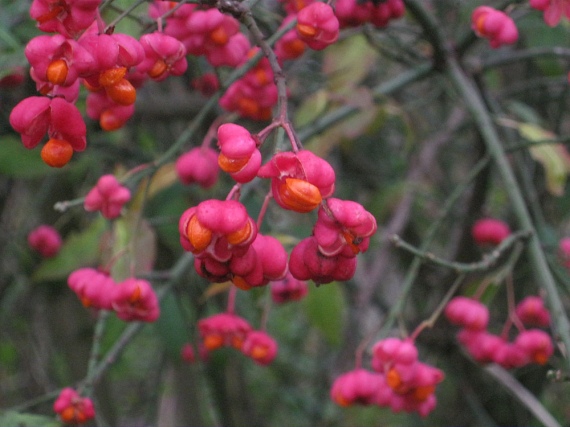One of the first things to think of when planning your garden is the skeleton or structure. First, think about the feel you want for your garden whether tropical, contemporary, cottage, wildlife friendly, or formal. Next, here are a few more things to consider before getting to the garden centre and filling up that trolley.
Here are some basics we need to remember when purchasing plants:
The size of the garden and the plants. The plants need to be in proportion to one another and the surrounding space. A large tree in a small garden does not work while a small tree will be lost in a large space. Various sized plants provide the brain with more information adding interest.
Keep in mind evergreen plants keep colour and wildlife in your garden throughout the year. It’s necessary to note which plants are evergreen so there is a balance during the winter. The most important colour in your garden is GREEN! Try to see the various shades and hues present before adding more. Are there light greens, or blue-greens etc.? What about the hardscaping? Does the gravel hold a pink or golden hue? What trees or neighboring walls are visible outside your garden?
The shape of the garden and plant shapes are aspects that can help decisions. For a formal garden, balanced symmetry and geometric structures point easily to bold, clear shapes like topiary box balls or pyramids.
Texture is important, especially in more tropical looking gardens. Nandina domestica offers layered, varied coloured pinnate leaves with panicled flowers. Fatsia or Rodgersia with their large leaves make a bold statement smaller leaves such as Tamarisk, Heather or Thyme promote a calm space.
Here a few structural plant choices for various garden styles:
Wildlife – Mahonia aquifolium, Hawthorns, Holly, Buddleja
Mediterranean – Olive Trees, Rosemary, Lavender
Contemporary – repeated plantings of most anything, bamboos, Dicksonias, standards of Laurus nobilis, Phormium, specimen trees, grasses
Formal – pleached trees, box hedging and topiary, roses
Here are a few evergreen structure suggestions to consider:
Acacia dealbata, Agave americana, Arbutus unedo, Astelia, Beschorneria, Cordyline,Dicksonia, Eucalyptus, Fatsia, Mahonia, Myrtus, Nandina, Olea, Phormium, Phyllostachys, Pseudopanax, Quercus ilex, and Yucca.
I hope this gets you thinking about how to plan your garden!
Our next blog will discuss planning for colour year round.
See you at the Garden Pavilion soon 🙂
Mary, Horticulturalist at Powerscourt Garden Pavilion.










